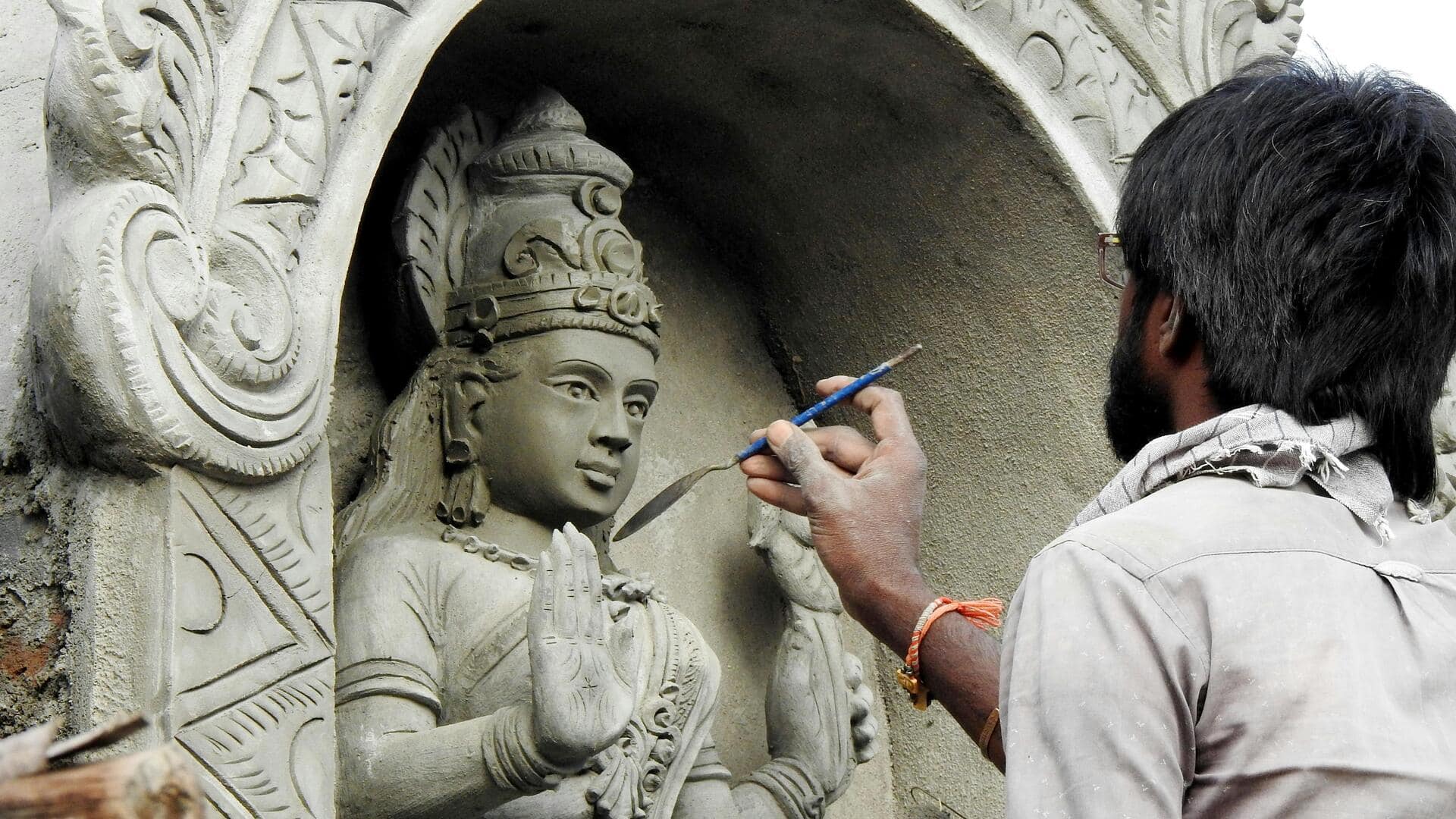
How Indian sculptors keep tradition alive
What's the story
India's sculptors have been instrumental in preserving the country's rich cultural heritage. Their work not only reflects the traditional art forms but also showcases innovative techniques that have evolved. From ancient stone carvings to modern sculptures, these artists have contributed significantly to India's artistic landscape. Their creations are a testament to India's diverse cultural tapestry, blending historical significance with contemporary relevance.
#1
The legacy of stone carving
Stone carving has been an integral part of Indian art for centuries. Sculptors like Ramkinkar Baij have carried forward this legacy, creating intricate designs that speak of India's architectural marvels. These artists use traditional tools and methods, ensuring the authenticity of their work. Stone carvings often depict mythological scenes or deities, preserving the cultural essence of India.
#2
Modern influences in sculpture
Contemporary sculptors are also bringing in modern influences into their work, blending traditional techniques with modern materials like metal and glass. Artists such as Subodh Gupta are known for their innovative use of everyday objects to create thought-provoking pieces. These modern sculptures often comment on social issues, while still paying homage to India's rich artistic heritage.
#3
Preserving cultural heritage through art
Many Indian sculptors are committed to preserving cultural heritage through their art. By recreating historical pieces or drawing inspiration from ancient texts, these artists keep the past alive for future generations. Their work often features in museums and galleries, giving people a glimpse of India's artistic legacy.
#4
Educational initiatives by sculptors
Some sculptors also take part in educational initiatives to teach the younger generation about the importance of traditional arts. Workshops and seminars are organized to teach the techniques and history of sculpture-making. These efforts ensure that the knowledge is passed on and that the appreciation for this art form continues to grow among the youth.